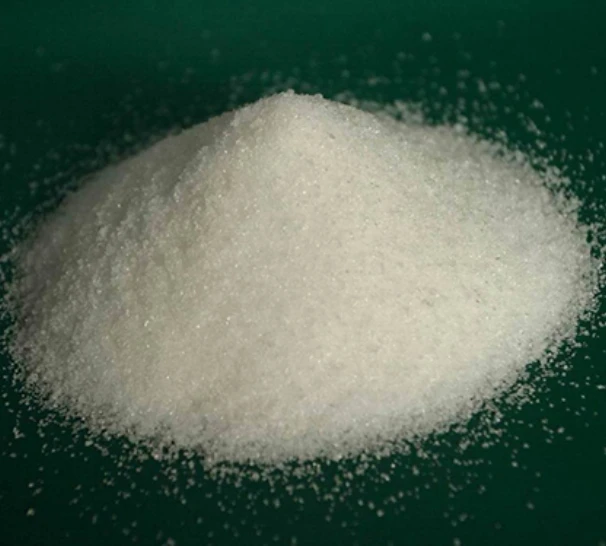poly acrylic amide
Polyacrylamide Applications, Properties, and Environmental Considerations
Polyacrylamide (PAM) is a synthetic polymer that has become crucial in various industries due to its unique properties and versatility. It is primarily composed of acrylamide subunits, which can be modified into different forms, including anionic, cationic, and non-ionic varieties, making it adaptable for a wide range of applications.
One of the most significant uses of polyacrylamide is in water treatment processes. PAM is employed as a flocculating agent, which helps in the aggregation of suspended particles in water. This property is essential in wastewater treatment facilities, where pollutants need to be removed efficiently before the treated water is released back into the environment. By facilitating the formation of larger aggregates, PAM aids in sedimentation and clarifies water, significantly improving its quality.
Polyacrylamide Applications, Properties, and Environmental Considerations
The oil and gas industry also utilizes polyacrylamide extensively. In enhanced oil recovery processes, PAM is used in water flooding to improve the viscosity of water injected into oil reservoirs. This action enhances oil displacement efficiency, facilitating the extraction of oil from less accessible reserves. The use of PAM in this context has led to increased efficiency in resource extraction, making it a valuable component in modern energy strategies.
poly acrylic amide

Moreover, polyacrylamide is widely used in the field of biomedicine. It serves as a matrix for various biological applications, including drug delivery systems and tissue engineering. Its biocompatibility and ability to form hydrogels enable the controlled release of therapeutic agents, providing improved treatment outcomes. Researchers are continually exploring new applications of PAM in medical research, particularly in developing new materials for prosthetics and wound healing.
Despite its numerous benefits, polyacrylamide does present environmental concerns, especially regarding its degradation. When PAM breaks down, it can release acrylamide, a compound that poses potential health risks. This underscores the importance of using PAM responsibly and developing alternative biodegradable polymers. As environmental awareness grows, researchers are actively working on designing more sustainable options while retaining the desirable properties associated with polyacrylamide.
Additionally, regulations governing the use of PAM in various sectors are continuously evolving. Industries are encouraged to focus on safe handling practices and adhere to environmental safety standards to mitigate any potential risks associated with its use. Continuous research and development efforts aim to enhance the safety profile of polyacrylamide and explore its environmental impacts further.
In conclusion, polyacrylamide is a versatile polymer with significant applications across multiple sectors, including water treatment, agriculture, oil recovery, and biomedicine. While its benefits are extensive, ongoing research is vital to address the environmental challenges associated with its use. As the industry moves towards more sustainable practices, polyacrylamide will likely continue to evolve, providing innovative solutions that benefit both society and the environment.
-
The Ultimate Guide to Flocculants: Transforming Water TreatmentNewsNov.01,2024
-
Improve Your Water Treatment Solutions with PolyacrylamideNewsNov.01,2024
-
Enhance Your Water TreatmentNewsNov.01,2024
-
Empower You to Achieve the Highest Standards of Water QualityNewsNov.01,2024
-
Effective Scale InhibitorsNewsNov.01,2024
-
Discover the Power of Poly Aluminum Chloride in Water TreatmentNewsNov.01,2024





